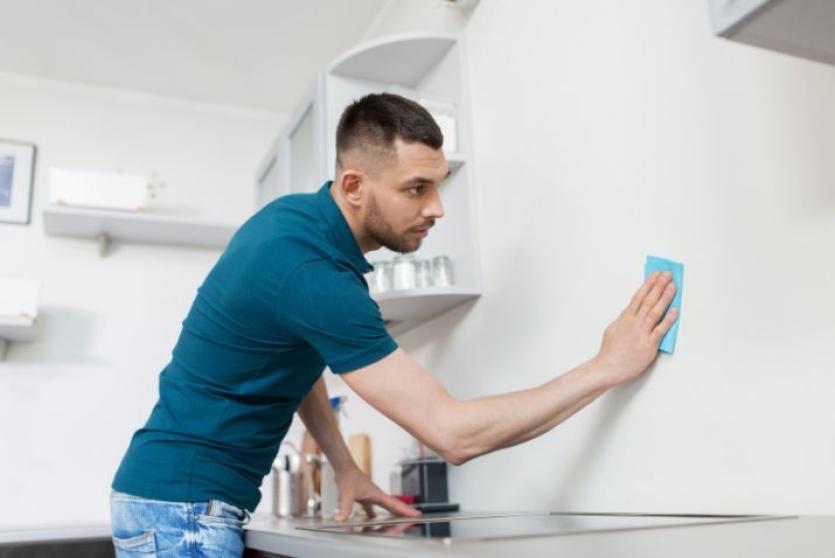Damp and mould changes – a landlord's responsibilities

Damp and mould are two of the most common issues in rented properties, with surface mould caused by condensation one of the main problems.
When a property is not ventilated properly, excess moisture in the air can’t escape and it will settle on cooler surfaces.
If it’s not wiped away, mildew (small grey/black dots) will start to form and in extreme cases this can develop into a more serious mould problem and spread, damaging both the fabric of the property and its contents. If mould spores are inhaled, it can cause tenants breathing problems, lead to lung infections and could ultimately result in their death.
This is why it’s so important for landlords to ensure the property has appropriate ventilation, and for tenants to use extractor fans provided in kitchens and bathrooms, open windows, wipe away condensation and keep the property adequately heated.
However, there is often confusion over who should deal with damp and mould issues, given that:
- tenants are responsible for taking care of their rented home – which includes keeping the property adequately ventilated and heated to prevent damage from condensation
- landlords are responsible for ensuring the property remains in good condition and free from hazards
So, both during a tenancy and at the end, when landlords can propose deducting deposit monies to pay for damage, there can be disputes over which party should pay for fixing this kind of problem – and until now, it’s been a bit of a grey area.
However, in September, the DHULC published guidance that clarifies the issue and put the responsibility firmly in the landlord’s court.
The new guidance makes it clear that tenants should not be blamed, stating: “Damp and mould in the home are not the result of ‘lifestyle choices’, and it is the responsibility of landlords to identify and address the underlying causes of the problem”. It also says that landlords must treat cases of damp and mould “with the utmost seriousness and act promptly to protect their tenants’ health.”

How to identify and deal with damp and mould
Given the new guidance, it’s vital a landlord (or lettings agent) knows how to spot and deal with this problem. Bear in mind that your tenant might not report having an issue, so it’s important that you or your agent takes particular care to look for signs of damp and mould during periodical inspections.
Areas where surface mould is commonly found include:
- On window sills
- On walls, particularly behind furniture
- On bathroom ceilings, especially above showers
- In rooms where laundry is left to dry
Small patches can be dealt with by using an anti-fungal spray and it’s worth considering the use of specialist anti-mould paint in rooms where moisture tends to collect, such as kitchens, bathrooms and laundry rooms. And ensure tenants are reminded that they can help avoid the problem reoccurring by ventilating properly and wiping away any condensation that collects.
However, there may be a bigger damp issue:
- Rising damp is caused by moisture seeping in the from the ground, so it only affects the ground floor of a property and will show up as damp patches and ‘tide marks’ on the lower part of walls. This will be due to either an existing damp course failing, or the property may never have had one – in either case, you need to consult a damp specialist.
- Penetrating damp is caused by water coming in from the outside or an internal leak and will appear as patches on the wall or ceiling. In this case, you should have an experienced builder and/or roofing contractor inspect the property to identify and fix the problem.
Visit the Government website for their updated guidance on how to identify and address damp and mould.
If you're a landlord and would like any advice on preventing damp and mould or you’d like to discuss how our Fully Managed service can help protect your property, just get in touch with your local branch – we’re always here to help.
Looking for advice?
If you're looking to let or sell your property, we can help. Get in touch with your local branch or book in for a property valuation.

Contact Us
Got a question, general enquiry or something else?
You may also like
Since we started in 1818 we have grown and joined one of the UK’s largest property groups, we can save you time and money by offering a range of services and expertise under one roof.





